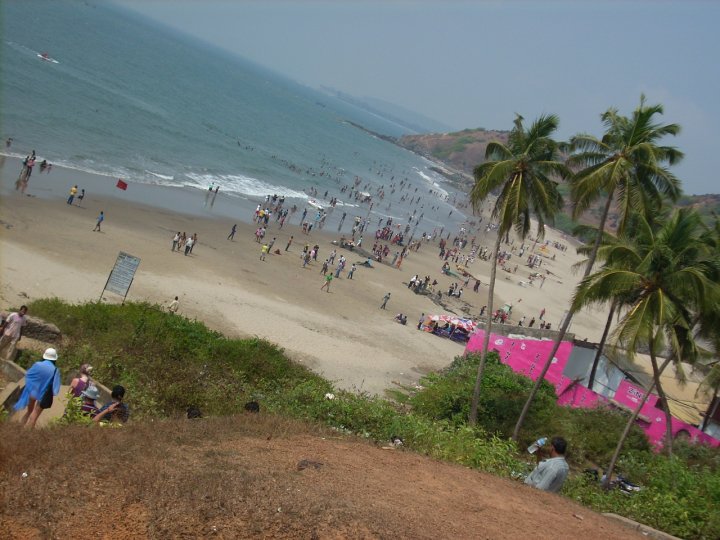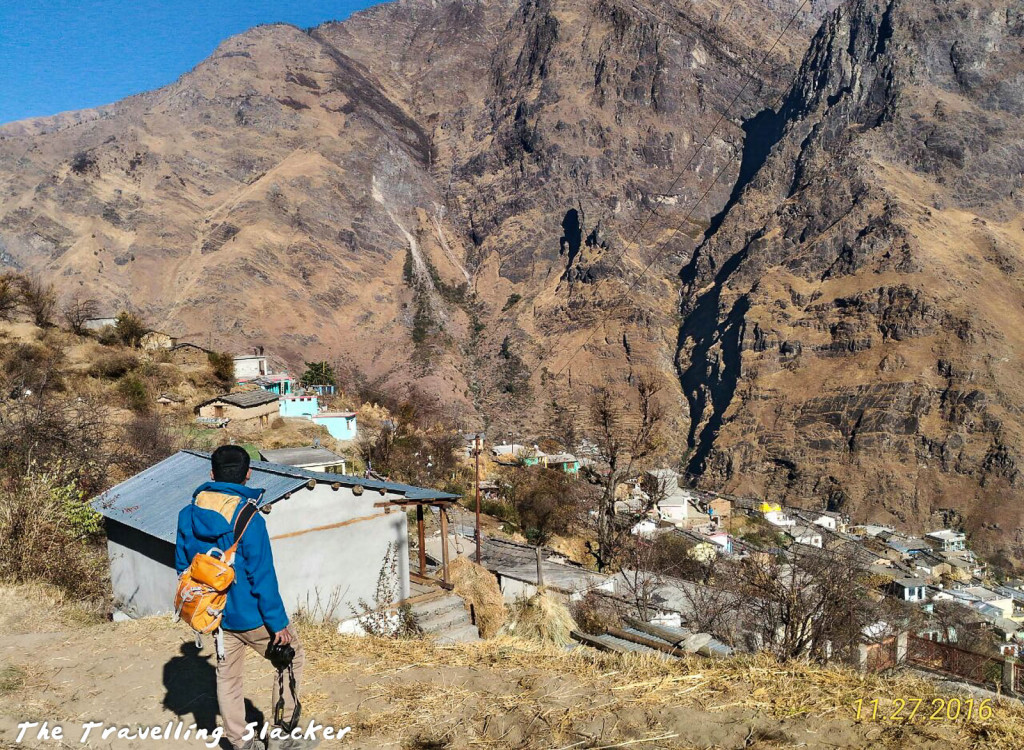When you are looking to travel from Dubai to Saudi Arabia, there are some procedures you need to be aware of. We have compiled a thorough guide on what you need to know when visiting Saudi Arabia.
Visa Planning and Entry Essentials
Validating the Entry Route and Border Rules
People travelling from Dubai will need to confirm which land border crossings are permissible. Several border crossings require additional permits even if the visa is valid. Travelers should verify which (if any) of those crossings require a “visa holder border visa” or special transit permit to the General Authority of Customs in Saudi Arabia.
Understanding the Restrictions
The first step is to check for long your tourist visa is valid. Travelers must also verify that the starting and ending dates coincide with those specified on their visa application. Passengers may be refused boarding if their visa has less than 3 days left on it upon arrival in the Kingdom of Saudi Arabia. It can also save you from a last-minute travel panics.
Applying for a Saudi visa from Dubai in Advance
Submitting your biometrics to a Saudi consulate or visa center is part of the process of applying for a Saudi visa. Many people think that e-visas are sufficient, but those entering by land will require a visa sticker that is placed on their passport. Non-GCC citizens (including pass-through and transit-in-Dubai travelers) may need to show “no objection” paperwork at the consulate when they apply for a Saudi visa. This cuts processing times, rather than a queue that takes days to clear.
Choosing the Right Visa Type
Beyond business and tourism, there are numerous Saudi visas. Travelers should consider applying for a work, family visit, or Umrah visa, as applicable. Many travelers enter Dubai first before continuing their journey to Saudi Arabia, so it’s important for non-UAE residents to ensure they have the correct Saudi visa from Dubai before traveling onward.
Umrah pilgrims, for instance, must obtain a special Umrah visa with a validity period and travel window that differ from those of the standard tourist visa. Selecting the incorrect type while applying at the visa center could lead to denial or penalty fees.
If you’re visiting the UAE as a tourist and planning to travel to Saudi Arabia on the side, ensure your Dubai Tourist Visa remains valid for re-entry or plan your trip accordingly to avoid any immigration issues.
Travel Logistics and Transport
Transport Options Between Dubai and Saudi Arabia
There are a few ways to get there: flights, buses, private cars, and even ride-hailing services. Flights to Riyadh or Jeddah from Dubai are still the quickest option. However, if you enjoy road trips, opt for land trips via road through Al Hayer or Abu Samrah crossing near Abu Dhabi and Al Ain. It is advisable to verify the positioning of the fuel station and the accessibility of services in case of an emergency along the way.
Mandatory Saudi Insurance and Data Collection
All travelers to Saudi Arabia must have health insurance that covers them for the duration of their trip, including emergency evacuation. Some airlines will check in advance whether you have insurance before allowing you to board. The tourist must obtain insurance from approved Saudi companies.
Currency and Financial Declarations
The Kingdom of Saudi Arabia has established that those entering the country with more than SAR 60,000 (roughly USD 16,000) in cash must declare that amount at the border. Travelers with large amounts for shopping or business could fail to disclose them. Travelers with undeclared amounts exceeding the limit are referred to verification offices by customs officials. Transparency at border stations makes smooth passage.
Timing and Seasonal Insights
Smart Timing and Seasonal Factors
During the periods of Hajj and Ramadan, Saudi Arabia adds other entry regulations. Visitors applying for a Saudi visa may experience longer processing times and restrictions. Land pilgrims should come only on the specified date of arrival and proceed without delay to the assigned points of entry.
Staying Compliant with Saudi Regulations
Saudi Arabia uses high-resolution cameras and radar along major highways near the border. Travelers must ensure their vehicle meets Saudi traffic and license requirements. Import permits for private vehicles are rarely granted to tourists.
Tech, Phones, and Apps
Know the Smartphone Registration Rule
Saudi authorities require foreign tourists to register their mobile phones on arrival, after which automatic data roaming agreements kick in. However, travelers using local SIM cards must obtain a SIM swap and register through Saudi Telecom or STC outlets.
Transport Apps Inside Saudi Arabia
Upon arrival, app-based taxis like Careem and Uber operate within major cities. Travelers should download local ride-sharing apps before crossing. One app may have access to discounted rides or local-language features. Certain apps only accept payments through Saudi-issued cards or Apple Pay, so linking international banking apps like Revolut or Wise may ease payments.
Accommodations and On-Ground Safety
Using the Right Accommodation Booking Proof
Many travelers don’t realize they must present confirmed hotel bookings when entering on a tourist or visa-on-arrival visa. Printed or digital confirmations showing arrival dates and traveler names are mandatory. Travelers should book their hotels before applying for a Saudi visa, especially in cities like Riyadh, Al Khobar, and Jeddah, where bookings during peak tourism seasons may sell out fast.
Protecting Against Bed Bugs in Cheap Hotels
A surprisingly overlooked point involves bed bug inspection in budget accommodations. Travelers often opt for cheaper lodging to stretch their budgets. With rapid tourism growth, some inexpensive hotels may have bed bugs. Conduct a quick inspection by checking mattress seams and lifting beds before settling in.
Cultural Awareness and Interaction
Tipping Culture and Hidden Service Charges
In Saudi Arabia, VAT was recently made compulsory for services such as hotels, food and transportation. Travelers should closely examine their bills for service charges, which are around 10% of the bill.
Cultural Norms Travelers Must Respect
In Saudi Arabia, women face tight restrictions on what they can wear, and there is gender segregation in some areas. Travelers wearing shorts or sleeveless shirts may be turned away from government buildings or religious sites in some areas. Women could potentially be required to carry an abaya and headscarf and cover their head when they enter public areas.
Religious Site Etiquette and Access
Regarding prayer times, tourists visiting a mosque should be aware of the local differences. Non-Muslims are not allowed to enter holy mosques during daily prayers. History buffs who have an interest in mosque architecture can only visit the eastern places during non-prayer times.
Language and Communication Tips
Most signs in Saudi are in English and Arabic. However, bilingually labelled signs do not appear in rural areas. Travelers should attempt to learn some basic Arabic greetings, such as “shukran” (thank you), to be polite.
Border and Return Protocols
Navigating Border Protocols Smartly
At the land border, vehicles cross through joint Emirati-Saudi customs lines. Unprepared travelers without the correct documents may need to wait for hours.
Announcing Return Plans to Emirates Authorities
Even those who exit Dubai through land borders must inform the UAE immigration of their departure. You can’t just randomly cross the border; you have to register your departure from the country officially.
Avoiding Scams Near Border Parks
Many roadside vendors near the border target tourists with overpriced food or cab services. Travelers unfamiliar with local price ranges may overspend on bottled water or rest stops.
Conclusion
Planning a trip from Dubai to Saudi Arabia requires careful consideration of several important travel factors to ensure a smooth journey. With these insider tips, you will surely have a smooth trip and a memorable experience.







